What diseases affect raspberries, why are they dangerous and how to treat them
Raspberries are unpretentious and hardy, many generally consider it a weed with appetizing berries. However, this shrub is also prone to various diseases. A weakened bush bears worse fruit, sometimes it dies, and what is more dangerous, the infection can spread to neighboring plantings. Therefore, treatment should be started as soon as the first signs of the disease are noticed.
The causative agents of raspberry diseases are most often viruses and fungi. The first of them are practically not amenable to treatment, the second survive by spraying, sanitary pruning and the right growing conditions.
Witch's broom
A very unpleasant viral disease that does not respond to treatment at all. An additional problem is that it is quite difficult to notice the first stage of the disease. Symptoms:
- the bush gives from the very roots a large number of small shoots about 15-20 cm long;
- The size of the leaves decreases.
As a result, the bush grows, over time - it stops bearing fruit. Outwardly, it looks like a broom, which is why the disease received such an unusual name - the witch's broom.
The infection is most often carried in through wounds:
- through the use of a non-sterile instrument,
- from injuries from sucking pests such as aphids.
The most reliable way to solve the problem is to uproot diseased bushes in a timely manner and burn them.
Mosaic
Another dangerous viral disease. Mosaic often affects plants in June - early July. Much less often in late autumn, after the end of the growing season. Its symptoms:
- young leaves become smaller and noticeably change color - light and dark areas appear;
- the shape of the plates changes, the leaves become bumpy, asymmetrical;
- the bush does not bear fruit well;
- berries lose their taste and acquire increased rigidity;
- young shoots become thin. Plants are frankly degenerating.
Most often, pathogens enter the plant through open wounds and are carried by insects.
There is no effective treatment. The easiest way is to identify diseased bushes in a timely manner and destroy.
Anthracnose
Another unpleasant disease, but completely curable, since it is fungal. It is easy to notice it:
- individual spots of a whitish-gray hue appear on the stems of raspberries, having a very characteristic purple border;
- the leaves dry up, and in some places their tissue rots and crumbles.
Usually, the disease is brought to the site along with young raspberry seedlings brought from outside.
Treatment is slow. Timely prevention of anthracnose is much more effective:
- Spray the bushes with a copper-containing solution at least three times a season.
- Avoid excessive planting density.
If the disease has already been noticed on the site, then you need to remove all affected stems as soon as possible, as well as collect the leaves from the ground and burn them. Spray healthy shoots with fungicides - store-bought, if there is at least a week before the berries or the harvest has already been harvested, or folk.
Rust
One of the most common fungal diseases affecting raspberries. Most often it harms not only leaves, but also shoots. Rust develops especially actively in wet weather. The first signs can be seen in the spring:
- small yellow mushroom pads appear on the tips of the leaves;
- by summer, orange and then brown pads appear on the leaves. It is the latter that pose the greatest danger - they contain spores, which, if allowed to mature, scatter tens of meters and infect other plants.
Rust prevention and control measures are standard:
- It is necessary to thin out the plantings in a timely manner, as well as treat with fungicides containing copper.
- At the initial stages, the affected shoots should be shortened and sore areas destroyed. This usually avoids an epidemic.
Ulcerative spot
Another fungal disease. Usually, ulcerative spot gives gardeners trouble in rainy years, with a lack of sunlight.
How to recognize:
- the main symptom is brown spots on the stems along the entire length. The marks are blurred;
- In some cases, there are also convex formations - it is here that grayish spores develop, easily and quickly carried by the wind .;
- over time, the affected areas split, the stems acquire a soaked, loose structure.
The method of treatment is the same as for most fungal diseases - the use of copper-containing solutions. But some experienced summer residents, if only a few bushes are affected, prefer to get rid of them so as not to risk all the raspberries.
Advice
All fungi love high humidity and stagnant air, so the most important preventive measure is a garter on trellises. Calculated watering is equally important: plentiful, but not frequent.
Septoria (aka white spot)
A fairly common fungal disease that affects not only raspberries, but also other berry crops. Signs:
- usually the first symptom is rounded brown spots on the leaves;
- over time, the marks turn white, spreading over the entire leaf area;
- shoots die off rather quickly, and the bushes as a whole weaken and stop bearing fruit.
For treatment, you must first stop feeding. The fact is that the disease is most often provoked by a large amount of fertilizers, especially nitrogen fertilizers. You need to get rid of the affected plants - cut from the root itself and burn.
In order to prevent the bushes are treated with a solution of "Fitosporin" at the rate of 5 g per 10 liters of water. Spraying should be done four times per season with a frequency of 7-10 days.
Powdery mildew
This fungal infection is especially dangerous due to its rapid spread.
It's easy to recognize it:
- a kind of white or grayish thin coating appears on the surface of leaves and even berries - as if they were sprinkled with ashes;
- if you do not start treatment in a timely manner, the leaves turn brown and begin to rot - the process of photosynthesis is disrupted, and the dense layer does not allow moisture to evaporate normally;
- the spots grow rapidly and at the same time the raspberries begin to wither and stop developing.
Important
A whitish coating of powdery mildew looks like dust. But this is controversy. Therefore, it is impossible to erase the "dust" from leaves and berries - particles will rise into the air, which will cause an epidemic in the curtain or throughout the entire area.
The fight must be decisive and consists of several stages:
- Pruning and killing limp leaves and shoots. Even if they are only slightly affected, it makes sense to play it safe.
- Carefully remove the top two to three centimeters of soil under the bush and send it to the compost heap to exclude the possibility of re-infestation with light spores.
- Treatment of the remaining stems and leaves with Gamair, Mikosan, Fitosporin or other fungicides that effectively destroy the mycelium. Apply generously without leaving untreated areas.
With timely measures taken, the disease can be stopped quite quickly and without the risk of relapse.
Verticillary wilting
One of the most deadly diseases that pose a huge danger to individual plants and the raspberry in general. Verticillium wilt arises from the activity of the fungus Verticillium albo-atrum Rein et Berth. The plant is affected through mechanical wounds - accidentally broken or carelessly cut stems.
Signs:
- first, the edges of young leaves begin to fade;
- the development of the disease goes along the stem from the bottom up;
- cracks appear on the bark;
- shoots as well as roots die off.This is due to the fact that the disease blocks blood vessels, preventing water from circulating normally through the plants. In the summer, an inexperienced summer resident may think that raspberries have simply dried up due to a lack of moisture.
The problem needs to be solved hard and fast:
- Dry and even slightly withering bushes - remove and burn. Leave only 100% healthy stems.
- Treat the remaining shoots with special preparations ("Topsin-M", "Vitaros" or "Trichodermin").
To avoid infection, tomatoes, potatoes and strawberries should not be planted near raspberries - they are not always affected by the fungus, but often act as a carrier. The fungus will live in the ground for 10 years or longer and will attack raspberries as soon as they take root in the ground.
Bacterial root cancer
The disease is extremely unpleasant in that the symptoms are not immediately noticeable. Accordingly, gardeners begin to treat plants late, when the bush is already doomed.
Signs:
- the first symptom is that the growth rates of the bushes are significantly reduced;
- then the taste of the berries deteriorates sharply - they become almost tasteless;
- sometimes the disease is noticed during transplantation - on the roots or bases of the shoots there is a large formation with a diameter of up to five centimeters.
Since it is difficult to recognize the disease in time, it is safer to take care of prevention in advance. Most often, root cancer occurs in alkaline soils if raspberries have been grown in the same place for many years. Therefore, it is necessary to replant the curtains every 5-8 years and carefully monitor the pH of the soil.
The treatments are simple but not very effective:
- In a bucket of water, 100 g of copper sulfate is diluted.
- The roots are immersed in the solution for 10 minutes.
Raspberries endure almost any conditions, quickly spreads, giving young strong shoots. To destroy the entire curtain is a difficult task for any infection, but, unfortunately, possible. Therefore, you need to monitor the lighting, humidity and ventilation of the raspberry tree, in the spring and autumn, pruning and spraying with fungicides. To hedge against viral infections, it is enough to always work with a clean tool and make sure that the bushes are not pestered by parasites. Then raspberries will invariably and for more than one year treat the gardener with sweet large berries full of summer energy and vitamins.
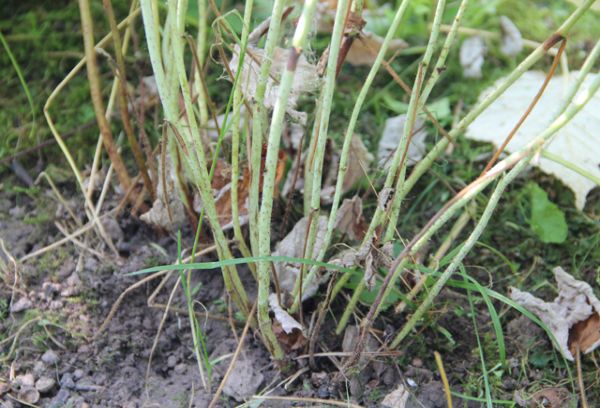
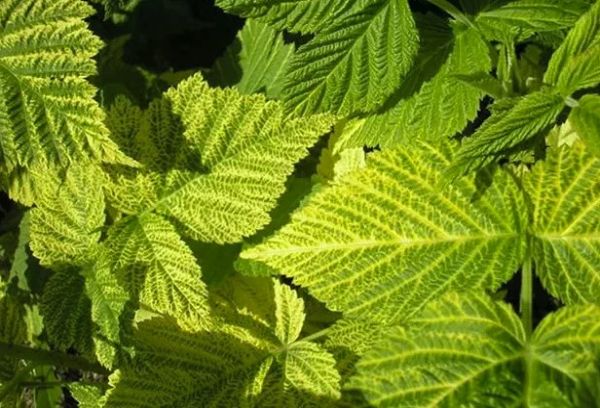
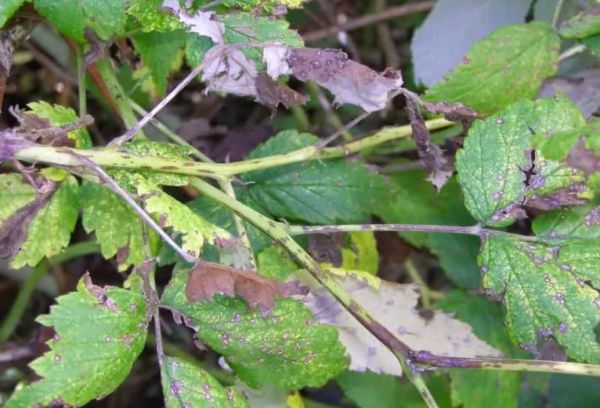
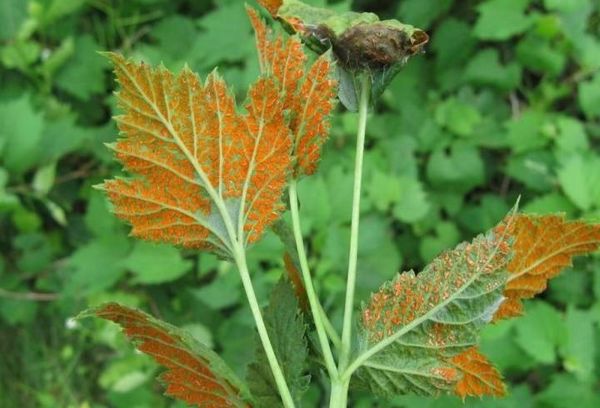
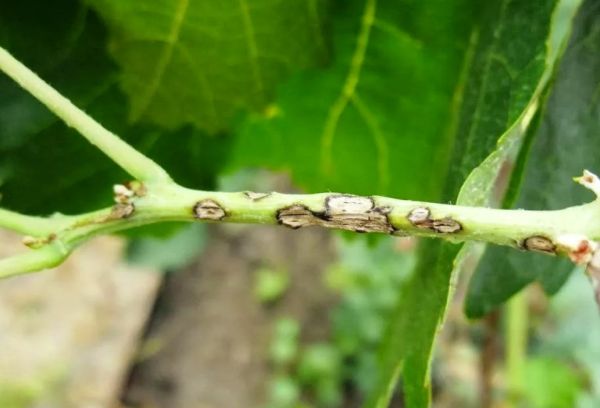
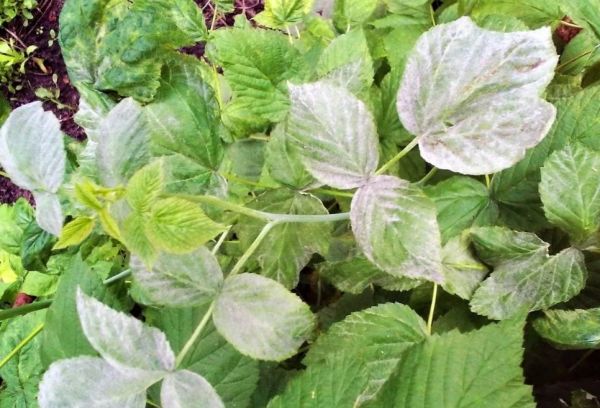
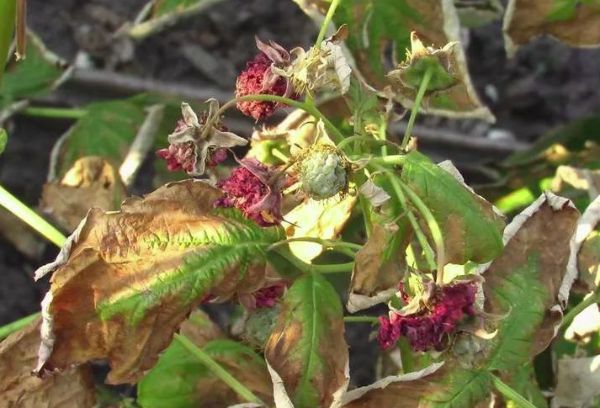
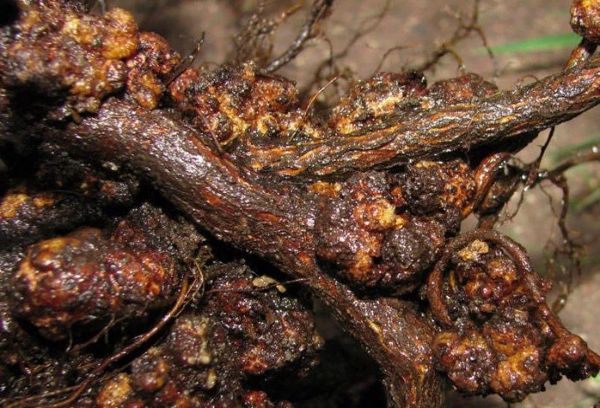
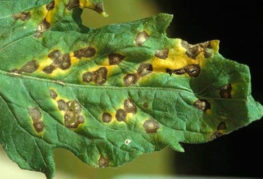
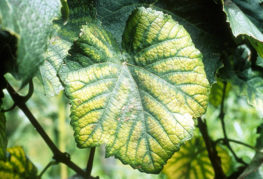

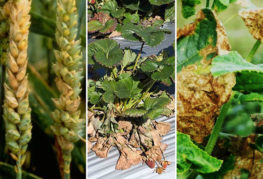
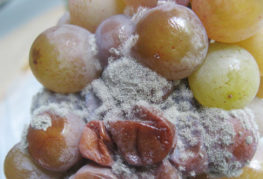
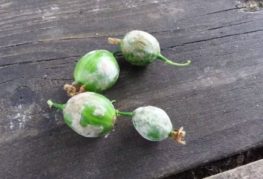
and will be published shortly.